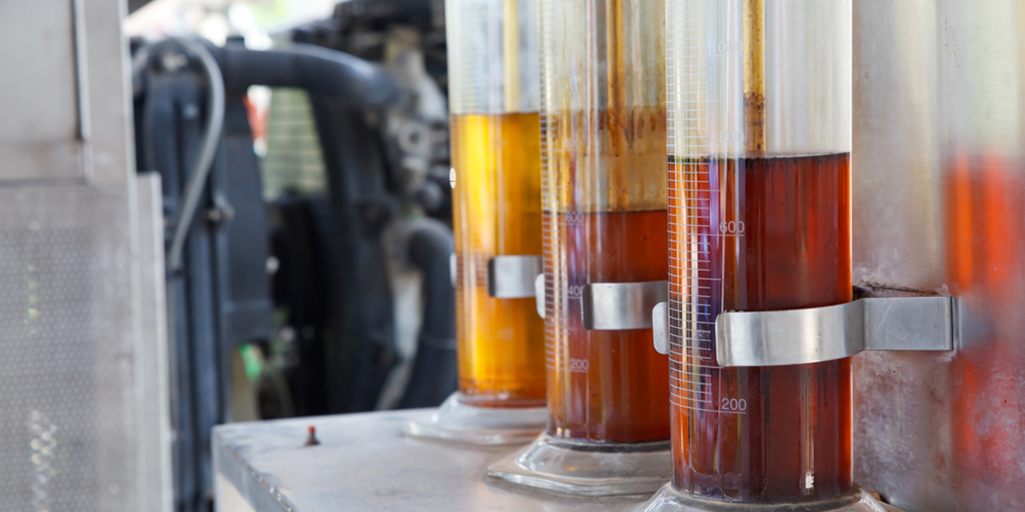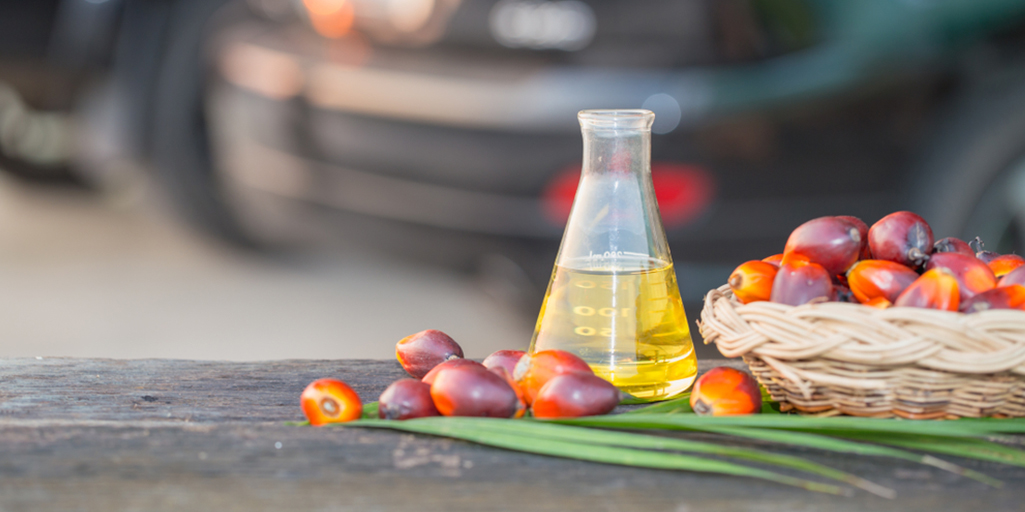We use cookies and other proprietary and third-party technologies to make our website work correctly and securely. We also use them to analyse user browsing and be able to adapt advertising to your tastes and preferences. Cookies Policy.
History, like a mountain road, is full of twists and turns, but let us look at the best-known event in the world of biodiesel. It was on August 10, 1893 -hence the date of its anniversary– when the engineer Rudolf Diesel (Paris, 1858) activated the first engine that was comparable to gasoline, using renewable fuels from various sources, such as vegetable oil. In 1900 he unveiled his invention during the World Exhibition in Paris. And so began the definitive and unstoppable voyage of the diesel engine.
The inventor once declared, “The use of vegetable oils as fuel and as an energy source may be insignificant today, but over the course of time it will be as important as oil and coal.” He pretty much hit the nail on the head. At a time when the world’s political leaders have set 17 Sustainable Development Goals (SDGs) within what has come to be known as the 2030 Agenda, actions to achieve a greener planet and protect the environment are key. And the automotive and energy sectors play an essential role in the fight against climate change.
“This celebration on August 10 is a good opportunity to remind citizens that the diesel they use in their vehicles in Spain contains up to 7% biodiesel, a proportion that is expected to increase to 10%, once the Directive that is currently being processed by the European Union is approved,” points out Manuel Bustos, the head of APPA Biocarburantes, the association that brought together the main companies producing these fuels in Spain since 2005. “Therefore, the use of biodiesel is going to increase in road transport, especially among heavy vehicles. Steps are also being taken for its introduction in maritime transport, a sector whose decarbonization is urgent, but where electrification is very problematic,” he says, looking to the future.

But what is biodiesel?
Although the concept is not complicated, the term we must use does not slip off the tongue easily: “transesterification.” Thus, biodiesel is the fuel produced by the transesterification process, which is very well described in the RAE’s “Science Enclave” section and which refers to the chemical reaction in a vegetable oil resulting in the fueling -bingo!- of diesel engines. It is important to keep in mind that, while diesel is obtained from oil, biodiesel is a renewable fuel of natural origin. So, which oils are used to make it? There are a variety of organic substances. Oils from palm, sunflower, soybean, rapeseed, canola and even animal fats are commonly used, but, given its high price, most biodiesel producers use residual vegetable oil from restaurants and food companies.
Advantages of biodiesel
This topic is huge, but, to summarize the description on the Rincón Educativo science website, biodiesel reduces polluting emissions from vehicles, “such as carbon monoxide and volatile hydrocarbons in the case of gasoline engines and particulates in diesel engines. It also cuts between 25% and 80% of the CO2 generated by fuels derived from petroleum. Another advantage is that it uses fallow land -and makes better use of the harvest- and, thus, can help improve the soil. As for its mechanical advantages, biodiesel is used for two-stroke engines and as a gasoline additive.
But the most relevant virtue lies in its lower environmental impact, obviously. This is corroborated by Manuel Bustos, director of APPA Biocarburantes: “Since it began to be marketed in Spain almost twenty years ago, biodiesel has been helping to reduce the carbon footprint of automotive diesel, also ensuring that the raw materials for its manufacture do not come from forests or other areas of high value in terms of biodiversity and carbon stocks.” He adds, “The future increase in the biodiesel that is added to diesel as well as a greater use of waste raw materials will further increase the contribution of this renewable fuel to the sustainability of the sector. According to the regulations, the biodiesel that is consumed in Spain must reduce CO2 emissions by at least 50%, since otherwise it cannot be marketed.” This means that the average saving of biodiesel in Spain is around 65% with some biodiesel made from waste approaching 90%. In other words, although we might not know much about the history of biodiesel, it is of capital importance for the ecosystem in our day-to-day lives.
On the other hand, for any skeptics out there, not all that glitters is liquid gold. For example, although it is barely noticeable at the wheel, the energy capacity of biodiesel provides less power – 5% less, to be precise – than a diesel starter and it degrades faster, in addition to causing some issues with the car’s filters. In terms of sustainability, the biggest drawback is the possible effect of monoculture on balanced rural ecosystems. Why? Because, according to some critical voices from environmental sectors, the fact that there are large areas with a single crop for biofuels damages the indigenous environment. Swings and roundabouts… Like life itself.

Celebration and a challenge for sustainability
Now, the fact that biodiesel reduces carbon emissions by up to 80% compared to fossil fuels means it will be playing a huge role in the future. Not in vain do APPA Biocarburantes representatives tell us that “we are clearly headed to become carbon neutral, by 2050 at the latest, which means that the rate of decarbonization we have seen thus far must be accelerated. “All sectors of the economy must contribute to this effort, which in the transport industry involves increasing the use of sustainable, renewable and low-carbon fuels in all its subsectors: road, rail, aviation and shipping.”
There is no turning back. The challenge is global. It depends on everyone and concerns everyone, like the SDGs. Currently, Germany, Austria, Canada, the United States, France, Italy, Malaysia and Sweden are pioneers in the production, testing and use of biodiesel in automobiles. This is a universal need. A renewable fuel that we owe, among other anonymous geniuses, to Rudolf Diesel. It all started with him…